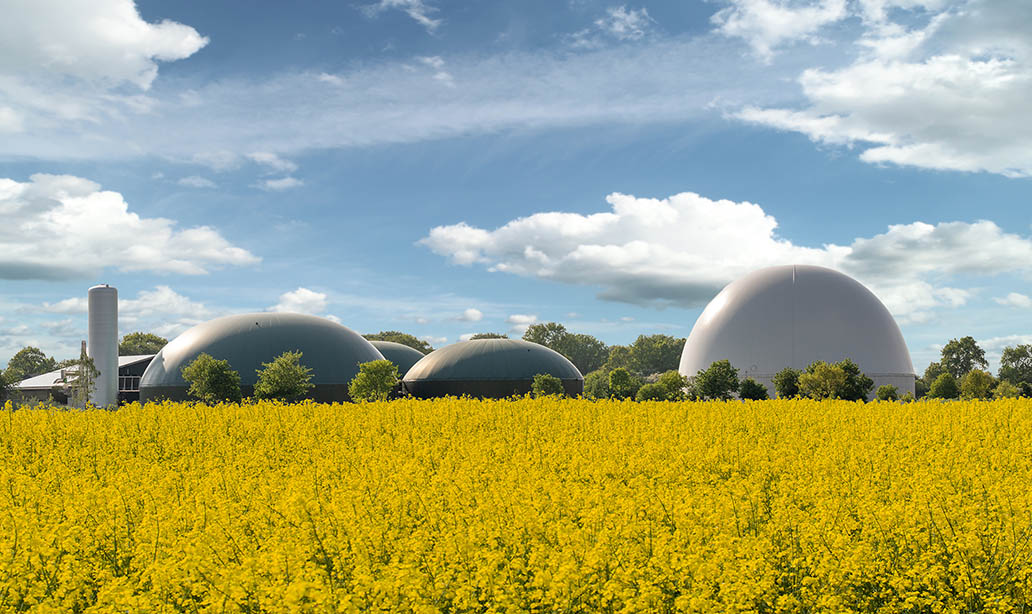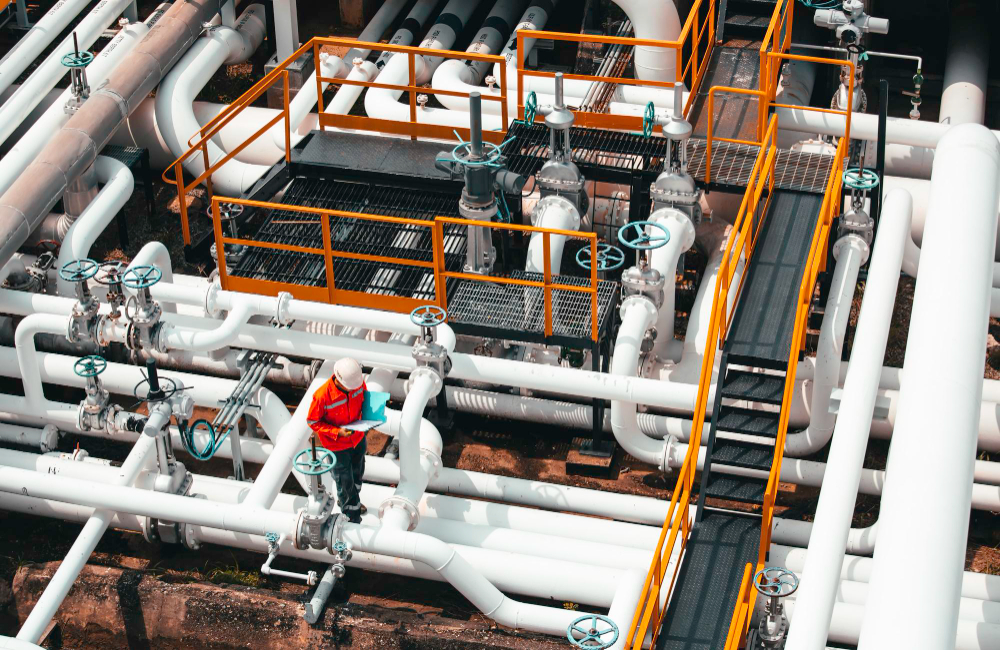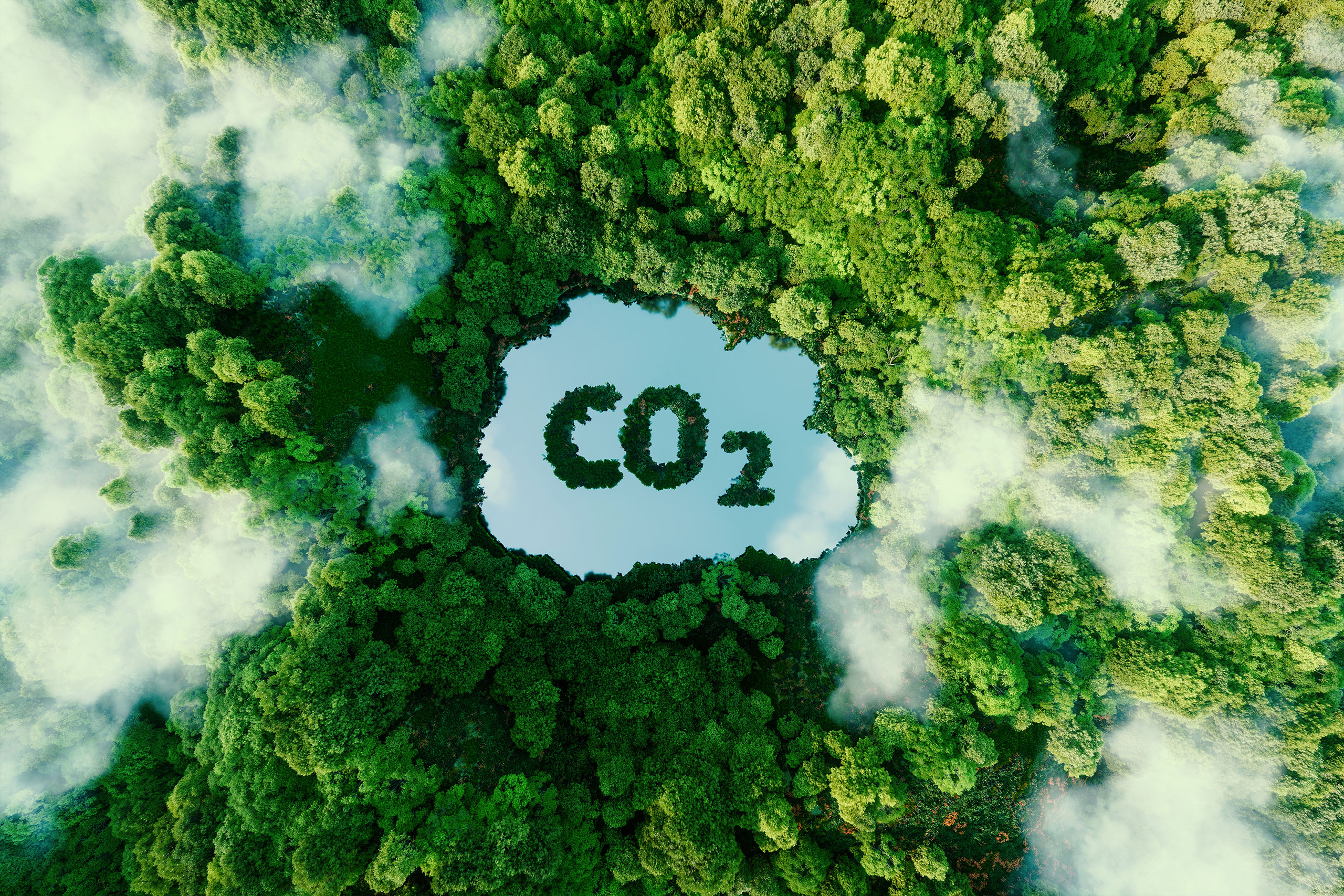A recent news report shows that OMV Petrom has acquired a 50% stake in "Respiră Verde", a leader in used cooking oil collection in Romania. Completion of the transaction is expected to take place in the first quarter of 2024. "Used food oil is one of the main renewable feedstocks to produce sustainable aviation fuel (SAF) and biodiesel (hydrotreated vegetable oil - HVO1). Their use in transport significantly reduces carbon emissions. When using SAF, CO₂ emissions from commercial flights are about 80% lower than with conventional fuel," it says. company press release.
This acquisition is important in the context of the energy transition: our country must prepare all its resources and capacities to produce zero-carbon energy. It is also another reminder that the oil and gas sector can make an important contribution to decarbonising Romania through investment and know-how.
Types of biofuels
Biofuels are important for the decarbonisation of the transport sector: adding bi-fuels to traditional fuels leads to a significant decrease in CO2 emissions.
According to European Commission, biofuels are derived directly or indirectly from biomass and can be divided into three categories:
Solid biofuels (e.g. firewood, wood residues, wood pellets, animal waste, plant material, etc.)
Solid biofuels means solid, non-fossil organic material of biological origin (also known as biomass) that can be used for heat production or electricity generation.

Liquid biofuels (biogasoline, biodiesel, biokerosene, etc.)
Liquid biofuels include all liquid fuels of natural origin (e.g. produced from biomass and/or the biodegradable fraction of waste), which can be blended with or replace liquid fuels of fossil origin.
Biogas (obtained by anaerobic fermentation or thermal processes)
Biogas is a gas composed mainly of methane and carbon dioxide produced by anaerobic fermentation of biomass or thermal processes from biomass, including waste biomass.
Another classification refers to the type of feedstock used to produce biofuels and the technological characteristics:
First generation biofuels are produced from edible feedstocks, e.g. bioethanol from corn and sugar cane and biodiesel from oilseeds (soybean, rapeseed and sunflower), using well-understood and economically viable technologies and processes such as fermentation, distillation and transesterification.
Second generation biofuels are produced from agricultural by-products or cellulosic materials such as wood, leaves and grass, which can be obtained on marginal land. They are produced by progressively converting cellulose to eventually produce alcohol. These processes can be costly and time-consuming, requiring sophisticated equipment and larger-scale facilities.
Third generation biofuels are made from raw materials grown in the aquatic environment, such as algae. Algae have been shown to have great potential as a feedstock for biofuels due to their ability to produce large quantities of material with limited resources.
Fourth generation biofuels are obtained from genetically improved micro-organisms, e.g. algae, yeast, fungi and cyanobacteria.
Second, third and fourth generation biofuels are commonly referred to as 'advanced biofuels' and are considered to have many advantages over first generation fuels, but they are still in the research and development phase and have not reached their full commercial potential.
Romanian legislation, European targets
From 1 June 2023, petrol stations in Romania will sell petrol and diesel in blending with bioethanol and biodiesel. Bioethanol in petrol comes mainly from corn, wheat and sugar beet, while biodiesel is made from rapeseed, soya and animal fats.
This measure is part of the actions taken for Romania to reach its greenhouse gas reduction target of at least 6%, provided for in Government Emergency Ordinance no. 80/2018, as well as the target of at least 10% renewable energy used in all forms of transport provided for in Law no. 220/2008 (cf. sgg.gov.ro)
At European level, the Commission has set a target of 10% of bi-fuel used in transport by 2020 and 14% of energy consumed in road and rail transport by 2030.

Romanian bi-fuel production - still in its infancy
According to Dumitru Chisăliță, President Intelligent Energy AssociationIn Romania, biofuel production is still in its infancy, but the potential is high:
"In Romania there is currently only biodiesel production, with a capacity of about 250 kt/year, managing to cover a large part of the local demand. Romania has the potential to build both ethanol and biodiesel plants, as well as HVO (hydrotreated vegetable oil) plants, as it has a strong agricultural sector."
GAS INDUSTRY - support for decarbonisation
Producing fuel from waste oil is just one example of how the oil and gas industry can get involved in developing technologies that support decarbonisation.
Other technologies that can serve decarbonisation, with potential in Romania, given our resources, include:
- CCS (carbon capture and storage) - carbon storage is done in former natural gas deposits and our industry has advanced know-how in this area.
- Hydrogen - experience in building a safe infrastructure, for example, is one way in which the gas industry could contribute to the development of this technology.






